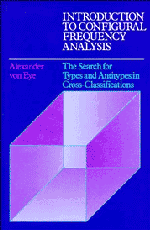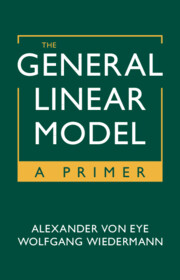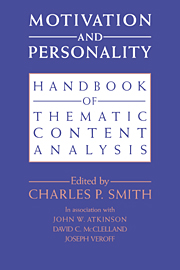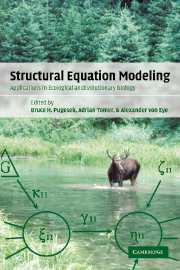Introduction to Configural Frequency Analysis
Configural Frequency Analysis (CFA) is a method for analysis of groups of individuals in cross-classifications. Individuals belong to a type if their particular pattern of characteristics occurs more often than expected, and to an antityte if their particular pattern of characteristics occurs less often than expected. The author's original contribution is his linking of CFA to log-linear modeling and the General Linear Model, enabling the reader to relate CFA to a well-known statistical background. It is shown that CFA and log-linear modeling are methods that complement each other. Introduction to Configural Frequency Analysis covers the latest developments in CFA, and it will be easy to read even for those with only an elementary statistics course as a background.
Product details
May 1990Hardback
9780521380904
284 pages
234 × 152 × 23 mm
0.53kg
Out of stock in print form with no current plan to reprint
Table of Contents
- Preface
- Part I. Concepts of Configural Frequency Analysis:
- 1. The analysis of contingency tables
- 2. Testing for types and antitypes
- 3. Models of CFA: concepts and assumptions
- Part II. Applications and Strategies of CFA:
- 4. Global models of CFA: applications and examples
- 5. Regional models of CFA: applications and examples
- Part III. Methods of Longitudinal CFA:
- 6. CFA of change over time
- Part IV. Strategies of CFA and Computational Issues:
- 7. Exploratory and confirmatory search for types and antitypes
- 8. CFA and log-linear models
- 9. Computational issues
- Appendices
- References
- Subject index
- Author index.





